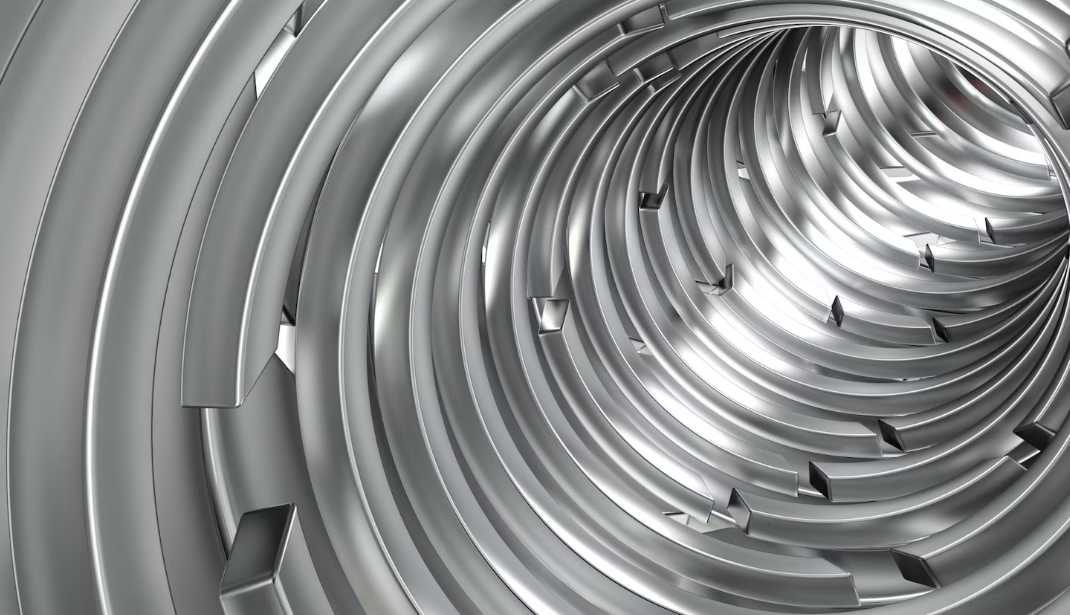Coiled tubing is a flexible pipe made of steel, which is wound around a large reel. It is used in the oil and gas industry for various operations such as well intervention, drilling and completion. Coiled tubing operations are efficient and cost-effective, making them a popular choice for many oil and gas companies.
Coiled tubing winches and deployment units rely on heavy winches to handle and store the tubing. The conventional process involves deploying the coiled tubing to a tower sheave and then through a straight injector before reaching the well. However, Reel Power ME has developed a patented unit incorporating a curved Catahead injector, revolutionizing the coiled tubing deployment process.
Here are some basics of coiled tubing operations that you need to know:
What is coiled tubing?
Coiled tubing is a continuous steel tubing wound on a large spool. It is commonly used in the oil and gas industry for various operations. The coiled tubing is flexible, which makes it easy to transport and operate.
How is coiled tubing used?
Coiled tubing is used for various operations such as well intervention, drilling, and completion. It cleans out debris from the wellbore, removes obstructions, and performs various other tasks. Coiled tubing is also used for hydraulic fracturing operations, where it is used to pump fracturing fluid into the well bore.
Advantages of Coiled Tubing
Coiled tubing operations provide numerous advantages over traditional methods. One of the primary benefits is their cost-effectiveness.As coiled tubing operations require personnel and equipment, the overall cost of the process is significantly reduced. Coiled tubing operations are highly efficient and can be completed faster than traditional methods. This minimizes the well’s downtime, allowing for more productive processes and a quicker return on investment.
Coiled Tubing Equipment
Coiled tubing operations require specialized equipment to be successful. The kit includes a coiled tubing unit used to spool and unspool the coiled tubing. The team also contains a control panel, which is used to control the operation of the coiled tubing. Other equipment includes a wellhead connector connecting the coiled tubing to the wellhead. A bottom hole assembly is also required, which is attached to the end of the coiled tubing. The bottom hole assembly contains various tools for performing the necessary tasks.
Coiled Tubing Operations Process
The coiled tubing operations process consists of several steps,which include:
1. Preparation of equipment:
The coiled tubing unit and the necessary equipment are transported to the well site, and the coiled tubing is spooled onto the team.
2. Connection of coiled tubing to the wellhead:
The wellhead connector is used to connect the coiled tubing to the wellhead.
3. Lowering of coiled tubing into the wellbore:
The coiled tubing is lowered into the wellbore until it reaches the desired depth.
4. Operation of coiled tubing:
The control panel is used to control the operation of the coiled tubing, and it is used to perform the necessary tasks, such as cleaning out debris or removing obstructions.
5. Retrieval of coiled tubing:
The coiled tubing is spooled back onto the unit and transported to the next well site.
Safety Precautions
Regarding coiled tubing operations, safety should always be the top priority. These operations can be dangerous if proper safety precautions are not taken. That’s why it’s crucial for all personnel involved to receive adequate training and have access to appropriate safety equipment. Regular inspections are also necessary to ensure it is in good working condition.
In addition, it’s essential to clear the area around the well of any potential hazards and secure it properly to minimize the risk of accidents. By taking these safety precautions seriously, everyone can stay safe and healthy while working on coiled tubing operations.



